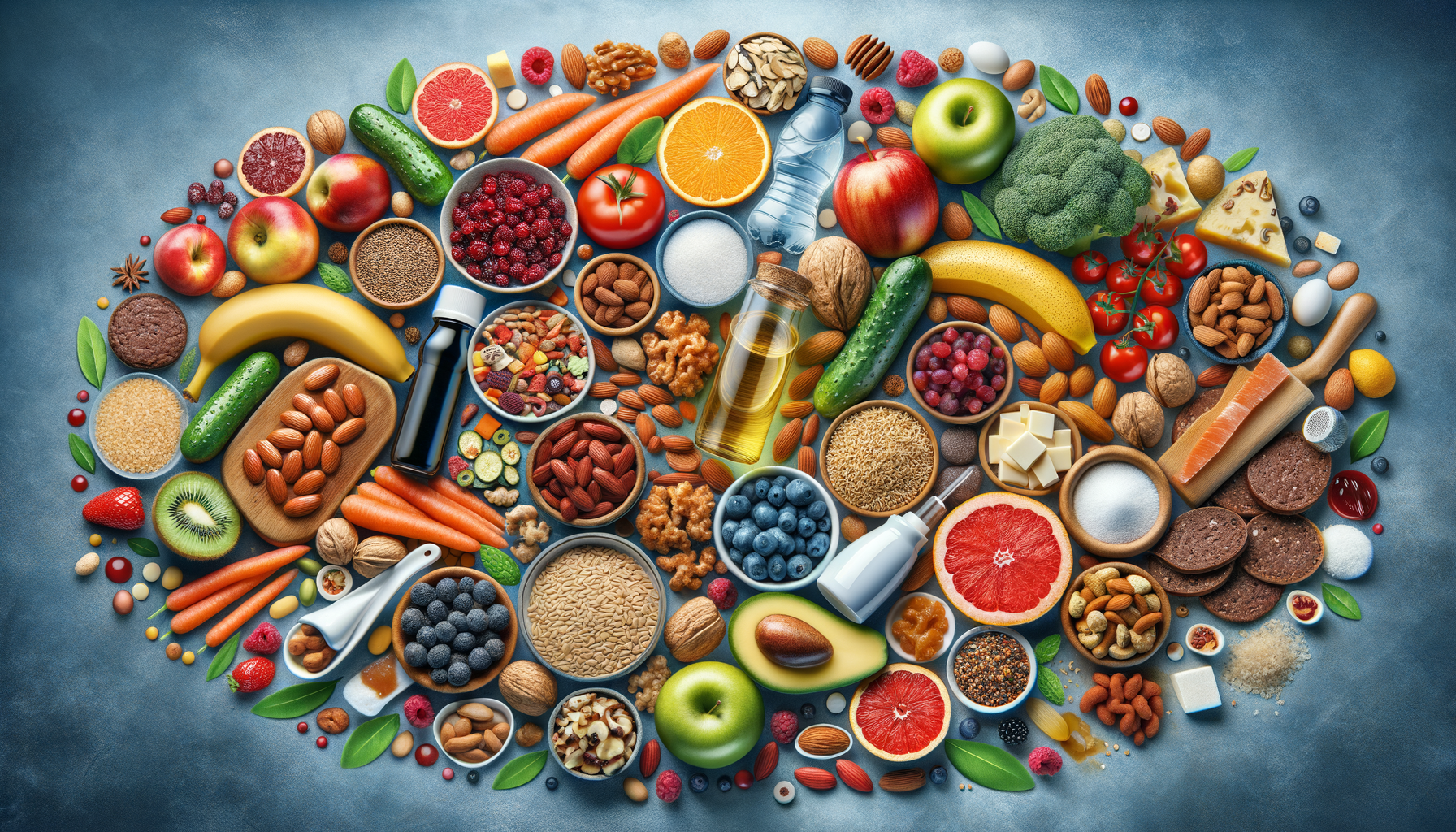Understanding the Impact of Carbohydrates on Blood Sugar
Carbohydrates are a primary source of energy for the body, but not all carbs are created equal. Understanding their impact on blood sugar is crucial for making informed dietary choices. Carbohydrates are broken down into glucose, which enters the bloodstream and raises blood sugar levels. The glycemic index (GI) is a tool that ranks foods based on how quickly they raise blood sugar levels. Foods with a high GI, such as white bread and sugary drinks, cause rapid spikes, whereas low GI foods like whole grains and legumes result in a slower, more gradual increase.
To effectively manage blood sugar, it’s beneficial to focus on complex carbohydrates. These are found in foods like whole grains, vegetables, and legumes. Complex carbs contain fiber, which slows digestion and the release of glucose into the bloodstream. This not only helps keep blood sugar levels stable but also promotes satiety, reducing the likelihood of overeating.
Incorporating low GI foods into meals can be a strategic way to control blood sugar levels. For instance, swapping white rice for quinoa or brown rice, and choosing whole fruit over fruit juices can make a significant difference. By understanding the role of carbohydrates and making mindful choices, individuals can better manage their blood sugar levels and overall health.
The Role of Protein and Healthy Fats in Blood Sugar Regulation
Protein and healthy fats play a pivotal role in blood sugar regulation. Unlike carbohydrates, protein has a minimal impact on blood sugar levels, making it an essential component of a balanced diet for those looking to manage glucose levels. Including lean protein sources such as chicken, fish, tofu, and legumes can help stabilize blood sugar levels and maintain muscle mass.
Healthy fats, found in foods like avocados, nuts, seeds, and olive oil, also contribute to blood sugar management. These fats slow the absorption of carbohydrates, leading to a more gradual increase in blood sugar levels. Additionally, they provide essential fatty acids and promote heart health, which is particularly important for individuals with diabetes or those at risk of developing the condition.
Incorporating protein and healthy fats into meals can be as simple as adding nuts to oatmeal, using olive oil in salad dressings, or including a portion of fish with dinner. These dietary components not only aid in blood sugar control but also enhance the flavor and satisfaction of meals, encouraging sustainable dietary habits.
The Benefits of Fiber and Whole Foods
Fiber is a powerful ally in the quest to lower blood sugar levels. Found in fruits, vegetables, whole grains, and legumes, fiber slows down the digestion and absorption of carbohydrates, resulting in a more gradual rise in blood sugar levels. Soluble fiber, in particular, forms a gel-like substance in the gut that helps regulate glucose absorption and can improve insulin sensitivity.
Whole foods, which are minimally processed and retain their natural nutrients, are rich in fiber and other beneficial compounds. They provide a host of health benefits beyond blood sugar management, including improved digestion, heart health, and weight management. For example, incorporating a variety of colorful vegetables, whole fruits, and whole grains like oats and barley can significantly contribute to daily fiber intake.
By prioritizing fiber-rich, whole foods, individuals can enjoy a diverse and nutritious diet that supports stable blood sugar levels. Simple swaps, such as choosing whole grain bread over white bread or snacking on raw vegetables instead of chips, can make a meaningful impact on overall health and well-being.




Leave a Reply